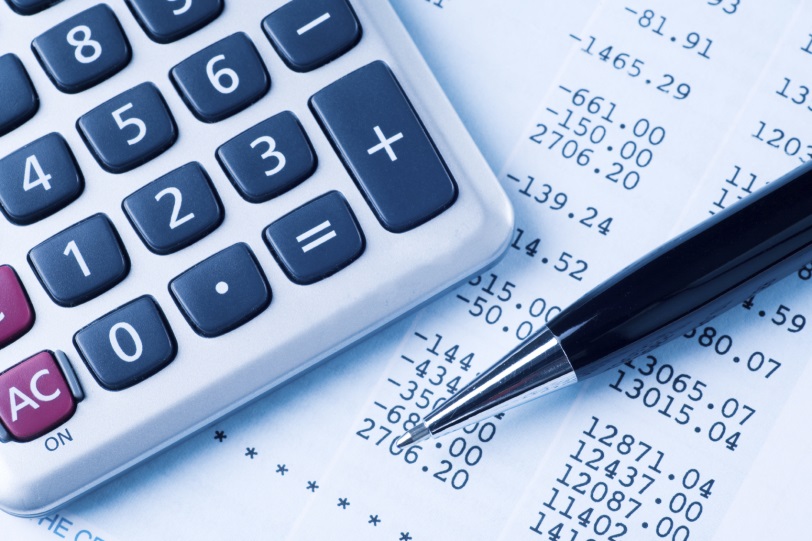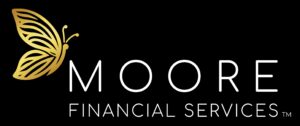
Since most log homes tend to be built in rural areas, you will probably have to install your own septic and well. The excavator who does your driveway will most likely be the one who will dig your septic. The well driller will probably be a different company. These are both “wild cards”, because the cost of the septic will depend on how well the land percs (short for percolate), and you don’t know how deep your well will go. Once again, the engineer will design a septic plan which will have to be approved by the county (in most states). The cost of your septic could range anywhere from $10,000 – $30,000. If you are setting the house way back from the road, you must budget for that extra-long driveway. And if your lot is heavily wooded, you will have to pay extra for tree removal; remember that you need to clear plenty of space to accommodate both the house and a large area around the house for the machinery to maneuver. You also have to consider a space to put the logs after delivery.
If you are short of funds to improve your home, then setting up a financial plan will help you get what you want as well as put away some cash for a rainy day. You may even think about purchasing equipment and tools for home improvement at the companies that propose lower prices and/or purchases with no payments until a particular date. This notion will give you time to get your home better while putting away the currency to purchase the improvement equipment and tools. Unfortunately, many people go for another home loan to enhance their home. Receiving loans from lenders regularly lead to debt, and home loans for improvement only leads to paying off your home twice. Thus, elude high interest rates and loan payments and learn to plan your finances to improve your home. Let me give you a general view of what one area could cost you for repairs.
The real culprit in busted budgets, however, is the variable or irregular expense. How much will you spend on car repairs over the next 12 months? What about medical bills? Home maintenance costs? It seems that bills for these types of expenses hit us out of left field, and there goes our budget. Before long, we’re using food money to cover a new set of tires for our car, and the whole budget comes crashing down. So what’s the solution? There is no perfect answer to this problem. But we can come to a close approximation by using the simple technique of monthly averaging. Start by gathering 12 months’ worth of checkbook registers, bank statements, and credit card statements. Write down (or enter into a spreadsheet) how much you spent each and every time your money went toward something that was not a fixed expense. Group these expenditures into categories, such as auto, home maintenance, clothes, etc. Don’t try to break it down too far. What you want is a handful of useful categories.
Financial budgeting and planning are not an easy task, especially if you belong to the farming sector. It can be very difficult to find computer applications that can help you automate the way you create financial plans for your farm. However, computing tools that are specifically designed to help people in the farming industry are becoming increasingly available. The goal is to help farm owners manage and implement the best practices in their businesses. To do this, good farm software must not only handle all the day to day financial requirements but also be able to record the day to day physical farming activities. Such applications are vital in maximising existing farming strategies and reinforcing the foundations of managing a farm. For instance, precise timing is important in ensuring profitable farming, but it can only be achieved if the farm owner has more control over his farm’s financial and physical systems.
When housing was to be paid, the housing money would be withdrawn from the Housing envelope (leaving it empty). When food was needed, money would be taken from the Food envelope, and so on. When there are expenses that are needed on a less regular basis, such as Auto Repair, money accumulates in the envelope until it is needed. This allows you to save money for expenses until it is needed. The same method can be used with expenses that are needed only once a year, like automobile registration. Accumulate the part of the expense each month throughout the year and then you have it when you need to pay that expense. The advantage of this budgeting method is that it is easy to tell how much money is left for the month for a specific category by seeing how much money is left in the envelope. If all the money for entertainment for the month is already spent, then no more can be spent on entertainment until the following month. Another advantage with the envelope budgeting system is in how it helps with credit card use. Add another envelope for credit card payments. When a credit card is used for some expense, remove that money from the associated category and move it to the Credit Card envelope. At the end of the month, use the money in the Credit Card envelope to pay the credit card bill. This is a huge help in managing credit cards, because you are accountable to the amount of money in the envelopes, even when using your credit cards. Modern day technology makes envelope budgeting easier than ever. The availability of computers and the internet make it easy to do envelope budgeting, giving you all the advantages of this system, but without the paper envelopes.
